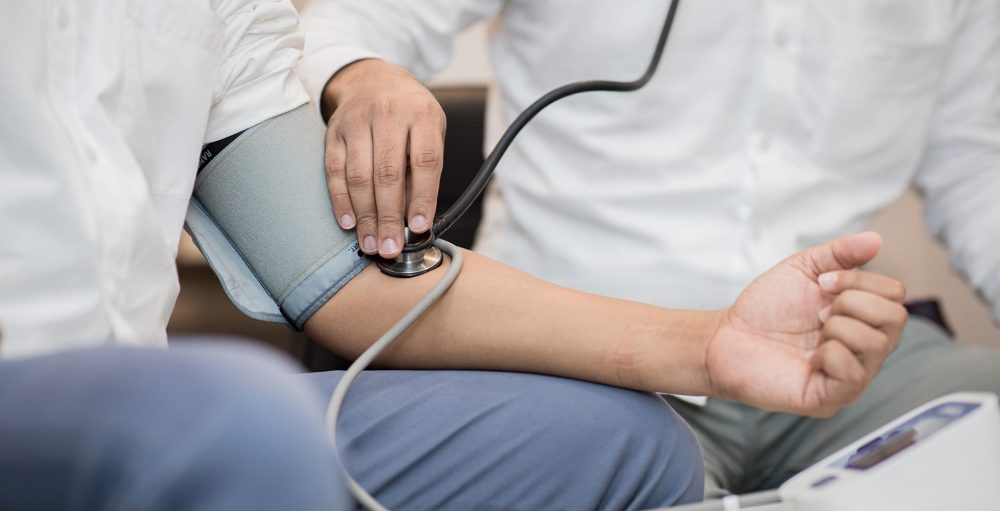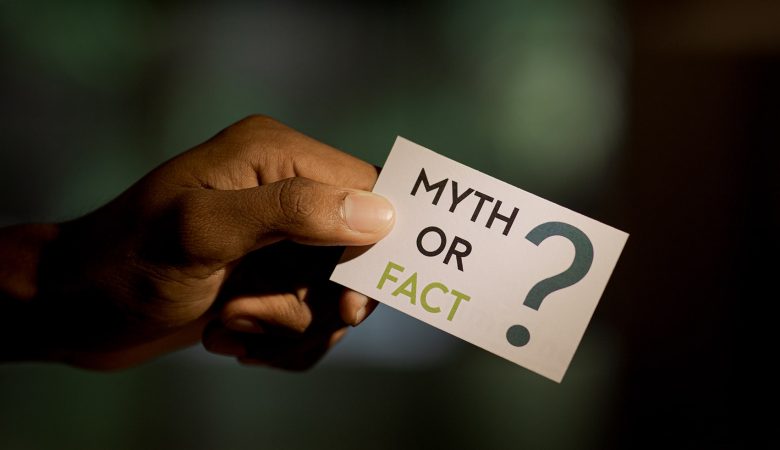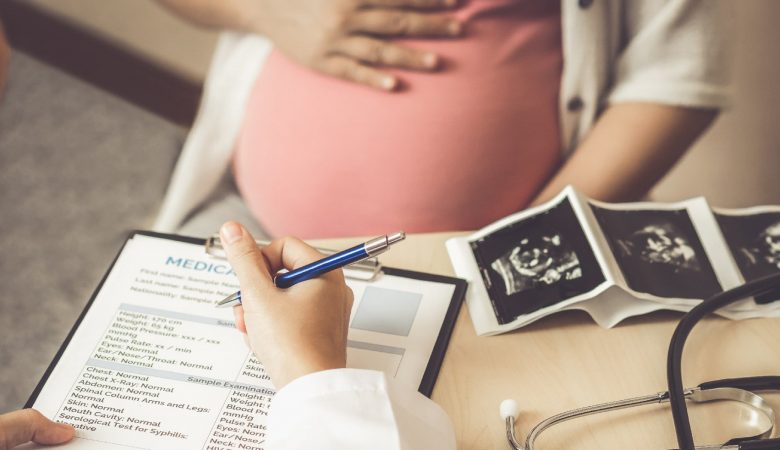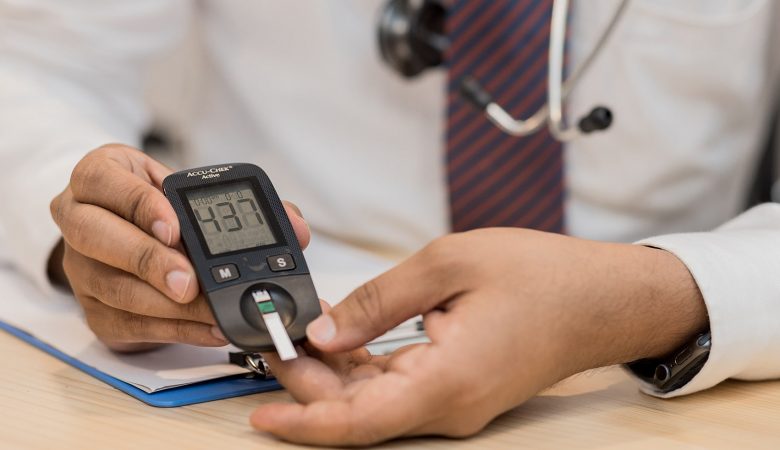Hypertension or high blood pressure is characterized by continuous high levels of pressure in the blood beyond normal values. Blood pressure is the force exerted against the walls of the artery as blood flows through them. It can be measured using a pressure meter or a sphygmomanometer.
Your blood pressure is recorded as two numbers:
- Systolic blood pressure (the first number) – indicates how much pressure your blood is exerting against your artery walls when the heartbeats.
- Diastolic blood pressure (the second number) – indicates how much pressure your blood is exerting against your artery walls while the heart is resting between beats.
Someone is considered to have hypertension or as hypertensive, if the systolic blood pressure is ≥140 millimetres of mercury (mmHg) or a diastolic blood pressure ≥90 mmHg.

Causes
- Primary or essential hypertension is hypertension with an unknown cause. This type of hypertension usually requires long-term medication. Studies have shown that at least 9 out of 10 people suffering from hypertension have primary hypertension.
- Secondary hypertension is brought about by other diseases. Conditions that most often cause secondary hypertension include kidney diseases, disturbances in thyroid hormones, disorders of the adrenal glands, pregnancy and side effects of certain medications.
Primary hypertension may not have a clear cause, but there are several factors that can make an individual more susceptible to the condition, including:
- Being older than 60 years
- Family history of hypertension
- Alcohol consumption
- Excessive consumption of high-fat foods
- Presence of other health conditions such as diabetes or high cholesterol levels
- Frequent exposure to cigarette smoke
- Menopause
- Lack of physical activity and exercise
- Stress
Symptoms
A majority of hypertension cases do not present with any symptoms which is why it is nicknamed ‘the silent killer’. Symptoms usually appear when severe complications have occurred such as stroke, heart attack, or kidney failure.
When blood pressure spikes to an extremely high level, a hypertensive crisis may occur. This is a condition where systolic blood pressure is higher than 180 mmHg and diastolic blood pressure is higher than 120 mmHg. During a hypertensive crisis, several symptoms can occur such as severe headache, sleepiness until loss of consciousness, seizures, sudden loss of vision, breathlessness, chest pain, vomiting, or excessive anxiety.
Management
Hypertension, particularly primary hypertension, is essentially incurable, meaning once a diagnosis is made, it will last a lifetime. However, hypertension can be controlled. Appropriate management may help maintain the blood pressure levels of individuals with hypertension, such that it is not much different from the blood pressure of a normal individual.
The management of hypertension is known as RAMPA, an abbreviation for:
- Routine medical check-up and following instructions of the physician. Initially, visiting the doctor every 1-3 months and then once a year when the physician should evaluate for the presence of complications of hypertension in the eyes, heart, and other organs is a good course of action. Moreover, having a blood pressure measuring device at home will be useful to ensure continuous management of blood pressure.
- Appropriate and regular consumption of medications. There are several types of medications prescribed for the management of hypertension. These include thiazides, angiotensin-converting enzyme inhibitors (ACE-I), angiotensin-II receptor blockers (ARB), calcium channel blockers (CCB), and diuretics. The type and dose of medications would be determined by the physician and should be consumed at the same time every day. It is very important to note that you must not self medicate. Medication should only be consumed on prescription.
- Maintenance of a balanced diet which includes the correct types and amounts of carbohydrates, proteins, vegetables, fruits, and water. While foods containing high amounts of sugar, salt, and fats should be avoided. Studies have shown that consumption of more than four tablespoons of sugar, one teaspoon of salt, and five tablespoons of fat can increase the risk of hypertension.
- Performing safe physical activities. This is recommended for the prevention and management of hypertension. It is recommended for at least 5 days a week for at least 30 minutes in every session.
- Avoiding cigarette smoke, alcohol, and other carcinogens as they can lead to narrowing of the blood vessels which can worsen hypertension. Therefore, individuals with hypertension should quit smoking, avoid places with plenty of cigarette smoke, and avoid consuming alcohol.
Prevention
Similar to the management of hypertension, the prevention of this disease also revolves around maintaining a healthy dietary pattern, maintaining ideal body weight, performing regular physical activities, and avoiding active and passive cigarette smoke.






Leave a Reply